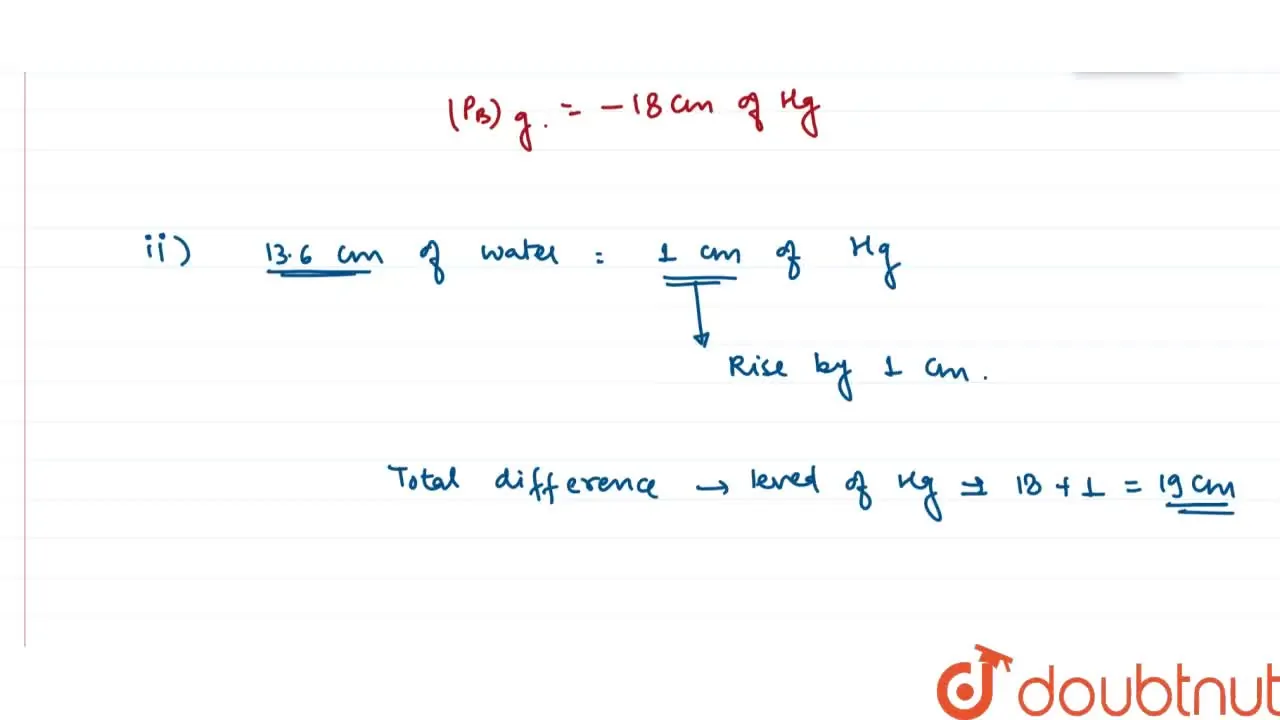A manometer reads the pressure of a gas in a enclosure as shown in figure(a) When some of the gas is removed by a pump, the manometer reads as in (b). The liquid used in the manometers is mercury and the atmospheric pressure is 76cm of mercury.
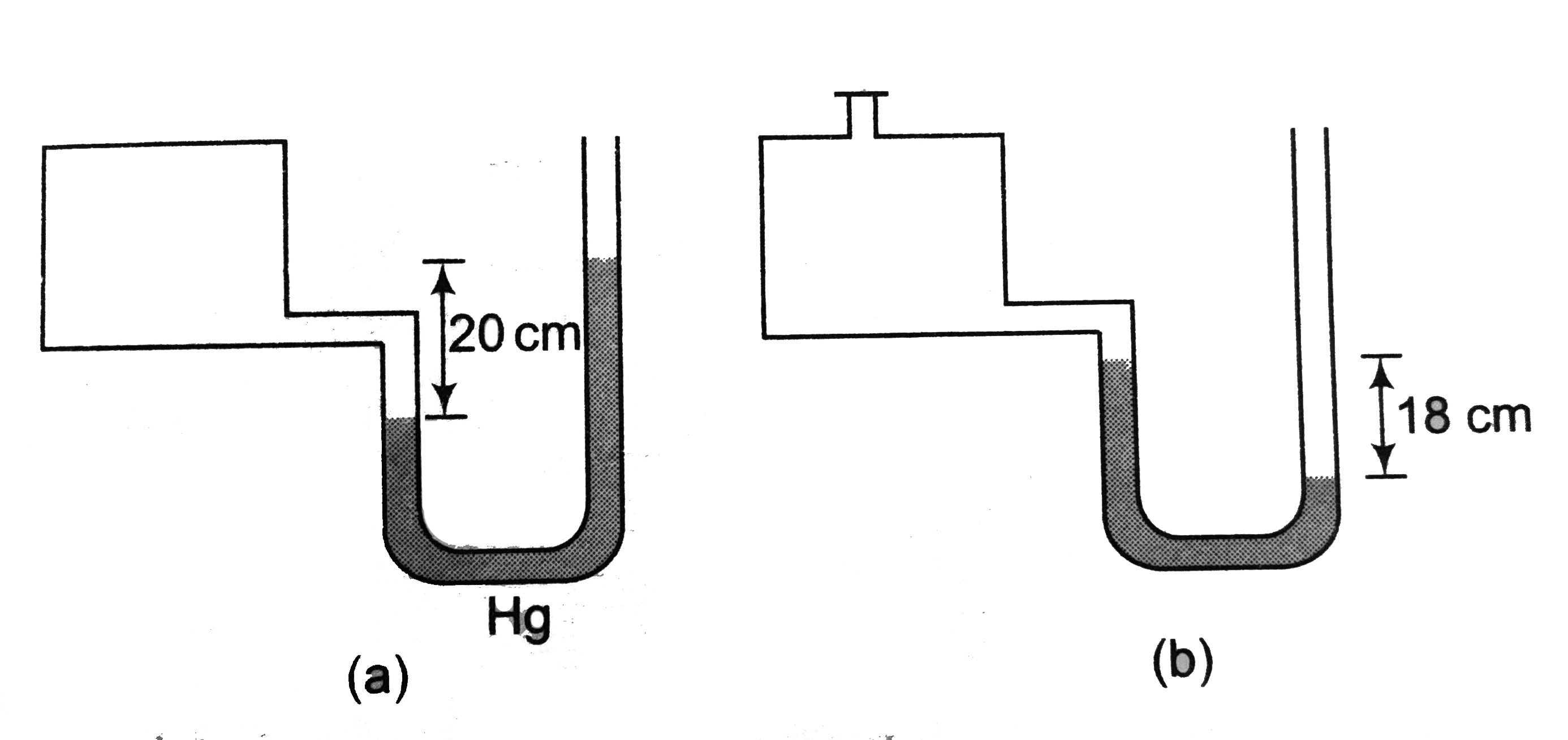
(i) Give the absolute and gauge pressure of the gas in the enclosure for cases (a) and (b) in units of cm of mercury .
(ii) How would the level change in case (b) if 13.6cm of water are poured into the right limb of the manometer?
The atmospheric pressure, P=76cm of mercury
(a). From figure (a)
pressure head, h=20cm of mercury
∴ absolute pressure =p+h=76+20=96cm of mercury
Also, gauge pressure =h=20cm of mercury
From figure (b),
Pressure head, h=−18cm of mercury
∴ Absolute pressure =p+h=76+(−18)=58cm of mercury
Also, gauge pressure =h=−18cm fo mercury
(b) When 13.6 cm of water is poured into the right limb of the manometer of figure (b),
then, using the relation
pressure =ρgh=ρ'g'h'
we get h'=ρhρ'=1×13.613.6=1cm of mercury [ρ'=density of mercury]
therefore, pressure at the point B,
pB=P+h'=76+1=77cm of mercury
if h'' is the difference in the mercury levels in the two limbs, then taking PA=PB
⇒58+h''=77⇒77−58=19cm of mercury
Related Playlists
- BOOK - NCERT ENGLISHCHAPTER - MECHANICAL PROPERTIES OF FLUIDSEXERCISE - EXERCISE31videos
MECHANICAL PROPERTIES OF FLUIDS
- BOOK - NCERT ENGLISHCHAPTER - LAWS OF MOTION EXERCISE - EXERCISE40videos
LAWS OF MOTION
- BOOK - NCERT ENGLISHCHAPTER - MECHANICAL PROPERTIES OF SOLIDSEXERCISE - EXERCISE21videos
MECHANICAL PROPERTIES OF SOLIDS
Similar Questions
Why mercury is used in barometer for measuring atmospheric pressure?
View SolutionA manometer reads the pressure of a gas in an enclosure as shown in the figure. The absolute and gauge pressure of the gas in cm of mercury is (take atmospheric pressure =76 cm of mercury)
View SolutionThe manometer has a water column difference of 50 cm . If the atmospheric pressure is 105 Pa, find the pressure of the gas in the container .
View SolutionThe pressure of real gas is less than the pressure of an ideal gas because of
View SolutionIn the given figure, atmospheric pressure p0=1 atm and mercury column length is 9 cm. Pressure p of the gas enclosed in the tube is
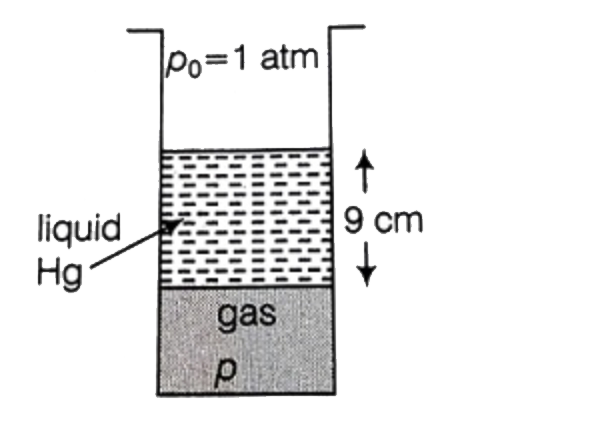 View Solution
View SolutionThe pressure of a gas kept in an isothermal container is 200Kpa. If half the gas is removed from it, the pressure will be
View SolutionPressure versus density graph of an ideal gas is shown in figure
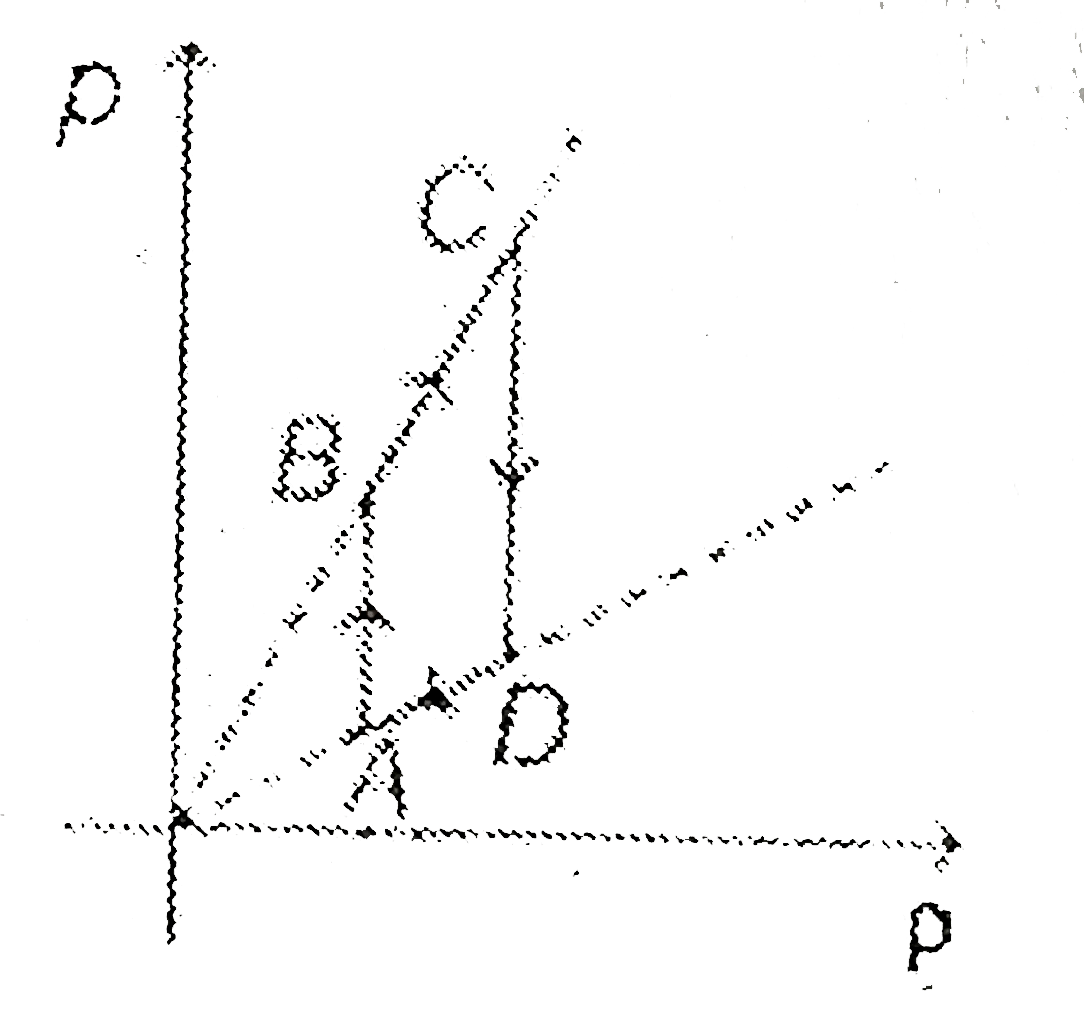 View Solution
View SolutionThe length of a faulty barometer is 90 cm and there is a little air above the mercury. When the atmospheric pressure is 76cm of Hg it reads 74.8 cm. What will be the true atmospheric pressure if the reading on the barometer is 74.3cm ?
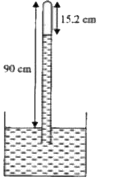 View Solution
View SolutionDescribe the working of an open end manometer.
View SolutionThe pressure of moist gas is higher than pressure of dry gas.
View Solution

